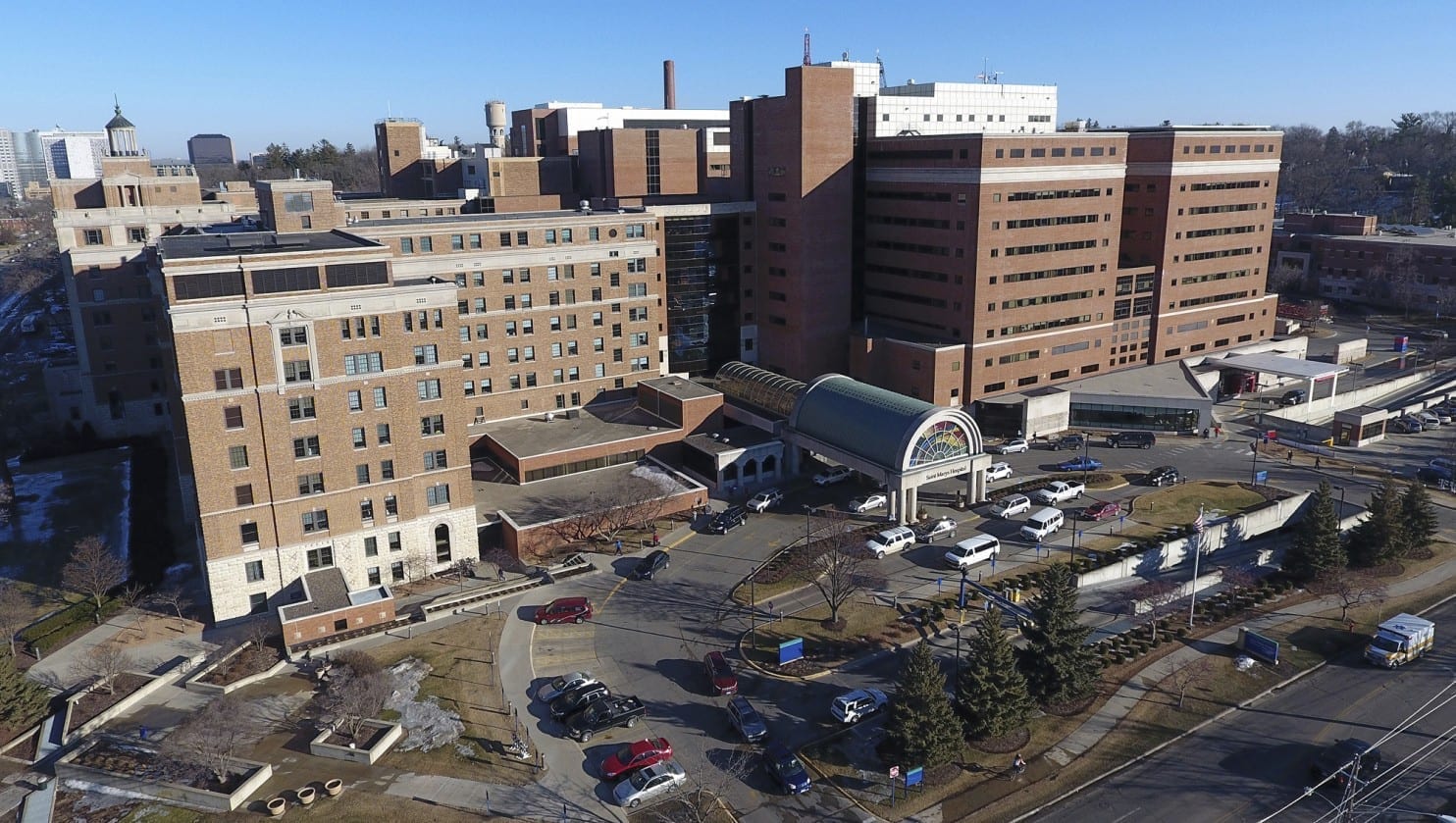It’s always a good idea for patients to get a second opinion for any kind of ailment they’re diagnosed with, especially since new Mayo Clinic research shows that more than “20 percent of patients who sought a second opinion at one of the nation’s premier medical institutions had been misdiagnosed by their primary care providers.”
It’s always a good idea for patients to get a second opinion for any kind of ailment they’re diagnosed with, especially since new Mayo Clinic research shows that more than “20 percent of patients who sought a second opinion at one of the nation’s premier medical institutions had been misdiagnosed by their primary care providers.”
According to the new research, that has been published in the Journal of Evaluation in Clinical Practice, only “twelve percent of the people who asked specialists at the Mayo Clinic in Rochester, Minn., to review their cases had received correct diagnoses.” What about the others? Well, “the rest were given diagnoses that were partly in line with the conclusions of the Mayo doctors who evaluated their conditions.”
These findings aren’t exactly new, though, and are actually quite similar to “other research on diagnostic error.” If anything, the new Mayo clinic research sheds more light on the fact that our health-care system “still has room for improvement.”

It’s also important to remember that diagnosing diseases is hard. As Mark L. Graber, a senior fellow at the research institute RTI International and founder of the Society to Improve Diagnosis in Medicine said recently, “there are 10,000 diseases and only 200 to 300 symptoms.” Because of this, it’s quite common for people to receive an “incorrect or late diagnosis at least once in their lives.” The problem arises when these incorrect or late diagnoses result in serious consequences for the patient. According to the Mayo Clinic study, “diagnostic errors contribute to approximately 10 percent of patient deaths and account for 6 to 17 percent of adverse events in hospitals.”
That’s why some in the medical community are advocating for more research into the problem. As James M. Naessens, a professor of health services research at the Mayo Clinic said, “diagnostic error is an area where we need more research, more study, and more information. The second opinion is a good approach for certain patients to figure out what’s there and to keep costs down.”
But how did the team of researchers who worked on the study come to their findings? Well, they “looked retrospectively at 286 patients who had seen primary-care physicians, physician assistants and nurse practitioners in 2009 and 2010.” They found that about “two-thirds were younger than 64, and most were female.” According to Naessens:
“With or without the help of their initial provider, those people sought additional advice from the Mayo Clinic’s internal medicine department. That makes the group somewhat different from the general population because their conditions were serious enough to merit another look by some of the best physicians in the country…It’s not going to be 20 percent wrong every time a patient goes to see a doctor.”
But many argue that 20 percent is too high a number, especially with so much at stake. That’s why Naessen, Graber, and other healthcare professionals agree that a “second opinion is valuable any time a patient is told he or she has a serious condition, such as cancer, or needs surgery — even if an extra visit initially means more expense. In the long run, additional advice can save lives and money.”
After all, doctors are merely human, “they make the same cognitive mistakes we all make,” Graber said. He added, “if you are given a serious diagnosis, or you’re not responding the way you should [to medication], a second opinion is a very good idea. Fresh eyes catch mistakes.”
Sources:
20 percent of patients with serious conditions are first misdiagnosed, study says
1 in 5 patients with serious conditions are first misdiagnosed


Join the conversation!